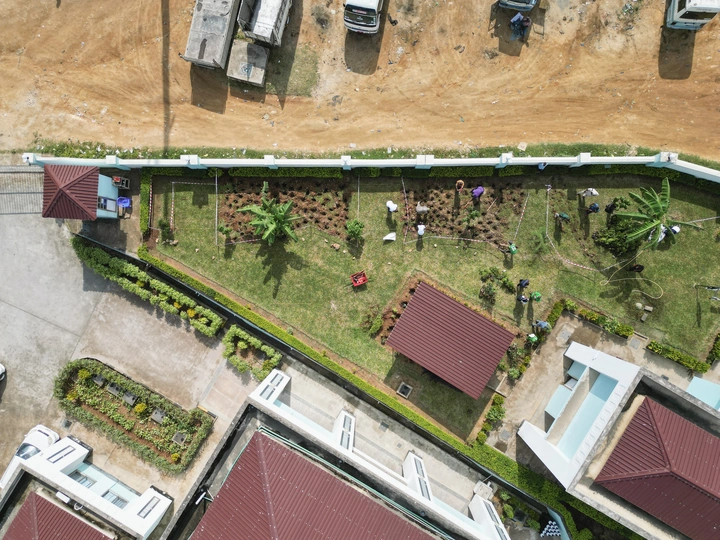MBD-Free: Co-creating mosquito safe hospitals

Shaali Ame
Gloria Ceasar
Ayubo Kampango
Jakob Brandtberg Knudsen
Happiness Kumburu
Eliza Lupenza
Danielle M. Agnello
Gerald Misinzo
Mwinyi Msellem
Fatma Saleh
Karin Schiøler
Otis Sloan Wood
I believe design is a powerful tool in addressing the global challenges we face today. As a researcher and registered architect, I have put this into practice delivering innovative projects across Africa, Europe and Asia. My approach combines artistic and technical skills with a scientific curiosity and passion for sustainable and healthy building design. I enjoy working creatively with multidisciplinary teams to produce projects that combine creativity with cutting-edge research.
I am currently employed as a PhD fellow of the Health and Architecture research cluster at the Royal Danish Academy and previously taught on the master’s programme in Architecture and Extreme Environments.
My background includes project management and experience guiding initiatives from concept to implementation. Prior to starting my PhD, I spent three years in Tanzania coordinating the design and construction of 110 prototype houses across 60 villages, as part of what is the largest randomised control trial to date on housing and health. Outcomes from this work have been published internationally, exhibited in museums, and featured by media such as the BBC.
I have contributed to public health conferences with organisations such as the Bill and Melinda Gates Foundation and the United Nations in Kenya. Alongside practising as an architect and researcher, I co-founded House 4 House, an award-winning sustainable construction toy designed to engage children with different ways of building from around the world, which is now sold online and in Louisiana Art Museum.
Climate change, global travel and urbanisation are expanding the habitat of disease-carrying mosquitoes and increasing the risk of mosquito-borne diseases (MBDs). By 2050, the habitat range of Aedes albopictus, a mosquito capable of transmitting dengue and others diseases, is expected to reach as far north as Denmark. At the same time, increasing insecticide resistance highlights the need for alternative prevention strategies.
In Zanzibar, where MBDs are already prevalent, hospitals can become transmission hotspots. These facilities serve large populations and include vulnerable patients, while their design and operation pose challenges for mosquito control. Many hospitals are embedded in dense neighbourhoods, with busy, open-air waiting areas that offer little protection against mosquitoes. Hospital buildings often have many mosquito entry points through open windows or gaps around doors, and overcrowded wards may increase mosquito attractants like CO2. If infected by an MBD, visitors and patients may then carry infections back into their homes and communities.
The MBD-Free project is a transdisciplinary initiative exploring how changes to hospital buildings and landscapes can reduce mosquito-human contact and breeding sites. These interventions are co-created with hospital staff, patients, architects, entomologists and public health specialists. Stakeholders are engaged through on-site collaboration to ensure their insight shapes each stage of the process.
Since June 2024, data on mosquito populations and environmental factors such as thermal comfort have been collected across four hospitals in Zanzibar. This establishes a baseline for risk and guides the selection of intervention areas. The first modifications began in July 2025 and will continue through 2026.
Lessons from this co-creational approach can inform similar efforts in other healthcare settings and support the development of preventative strategies in regions increasingly at risk of MBDs.